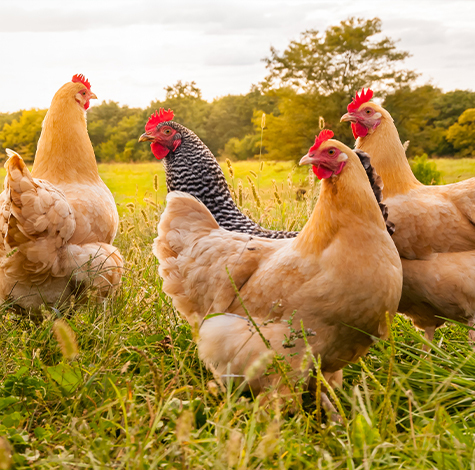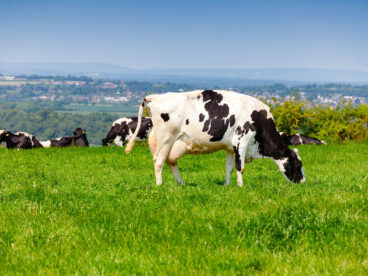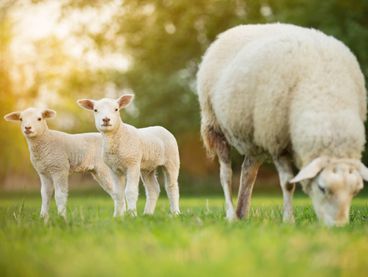Over the mid-April to late July period, butterfat is typically 0.2% below the winter average.
Balanced fatty acids best for butterfats
Maintaining butterfat production at grazing is vital to maintain milk price and margins particularly on constituent-based contracts. UFAC-UK’s Mark Townsend says using the correct fat supplement can play a vital role in achieving this.
The spring and summer decline in butterfat percent is a picture every dairy farmer will be familiar with. Over the mid-April to late July period, butterfat is typically 0.2% below the winter average. Assuming 150 cows averaging 25 litres, this can add up to a fall in milk income of around £2000, so it makes economic sense to rectify the situation quickly.
Rumen health
Once cows go out to grazing grass, they lose the structural effective fibre and it is this that precipitates a fall in butterfat production. Therefore, it is important to give the rumen bugs every chance to digest the fibre that is there to produce the volatile fatty acids required for butterfat production.
Also do what you can to prevent SARA by feeding additional fibrous energy sources. You need to ensure the total diet contains more than 35% digestible fibre and you should avoid excessive levels of rapidly fermentable carbohydrates.
It can also pay to feed a fat supplement but it needs to be a balanced fatty acid supplement to have the optimum effect. For example, a single fat source high in C16:0 will be as high as 85% C16:0 fatty acids, which means there is very little of anything else. They are promoted as a way to improve butterfat production but can reduce body condition.
Balance is key
The problem is that C16:0 fats will not always improve butterfat levels. This is because only around 35% of butterfat is made up of C16:0. Once this has been reached, any additional C16:0 is largely wasted by the cow, with no further impact on butterfat production.
A better solution is to use a balanced fatty acid source with an effective level of C16:0 supported by other fatty acids. With 70% C16:0, UFAC’s Omega Cream will help boost butterfat levels in mid and late lactation cows in particular, thus supporting milk price.
Unlike straight C16:0 products, Omega cream also contains Oleic acid (C18:1) which is proven to increase the utilisation of all fatty acids in the diet. This is particularly important with cows at risk of SARA as a low rumen pH can compromise the digestion of fats in the rumen. Omega Cream also contains glycerine which further improves total fatty acid absorption while providing additional glucogenic energy to reduce body condition loss.
Finally, the addition of omega 3 fatty acids (EPA and DHA) from marine sources supports both fertility and the immune system, keeping cows healthier and fertile at grass.
By managing the rumen and feeding a balanced fatty acid supplement such as Omega Cream, you will be able to reduce butterfat depression and maintain herd health and fertility while cows are grazing.By managing the rumen and feeding a balanced fatty acid supplement such as Omega Cream, you will be able to help reduce the butterfat depression associated with grazing and improved milk prices.


 Back to News
Back to News 



